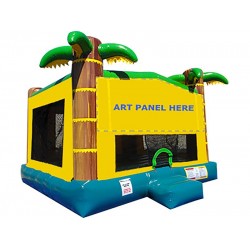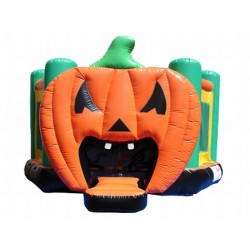Can You Use a Bouncy House in the Rain?

Bouncy houses are a popular choice for outdoor fun at parties and events, but one common question that arises is whether they can be used in the rain. Here’s what you need to know about using a bouncy house in wet conditions.
Understanding Bouncy House Construction
Bouncy houses, also known as inflatable bounce houses, are typically made from durable materials such as vinyl or nylon. These materials are designed to withstand a fair amount of wear and tear, but they are not intended to be exposed to excessive moisture.
Risks of Using a Bouncy House in the Rain
Using a bouncy house in the rain can pose several risks:
- Slippery Surface: Rain can make the surface of the bouncy house slippery, increasing the risk of falls and injuries.
- Water Damage: Prolonged exposure to water can damage the materials of the bouncy house, potentially leading to mold growth and reduced lifespan.
- Electric Hazards: If the bouncy house is equipped with an electric blower, there is a risk of electrical hazards if water comes into contact with the equipment.
Precautions to Take
If you find yourself with a bouncy house set up during unexpected rain, here are some precautions to consider:
- Turn Off the Blower: Immediately turn off the blower and unplug it to avoid any electrical hazards.
- Move to a Covered Area: If possible, relocate the bouncy house to a covered or sheltered area to protect it from further rain.
- Dry Thoroughly: Once the rain stops, make sure to dry the bouncy house thoroughly before using it again to prevent mold and mildew.
Conclusion
While it is not recommended to use a bouncy house in the rain due to the risks involved, taking the right precautions can help minimize potential damage and hazards. For the safest experience, it’s best to ensure that the bouncy house is set up in a dry, sheltered area to provide fun and safe enjoyment for everyone.




Leave a Comment